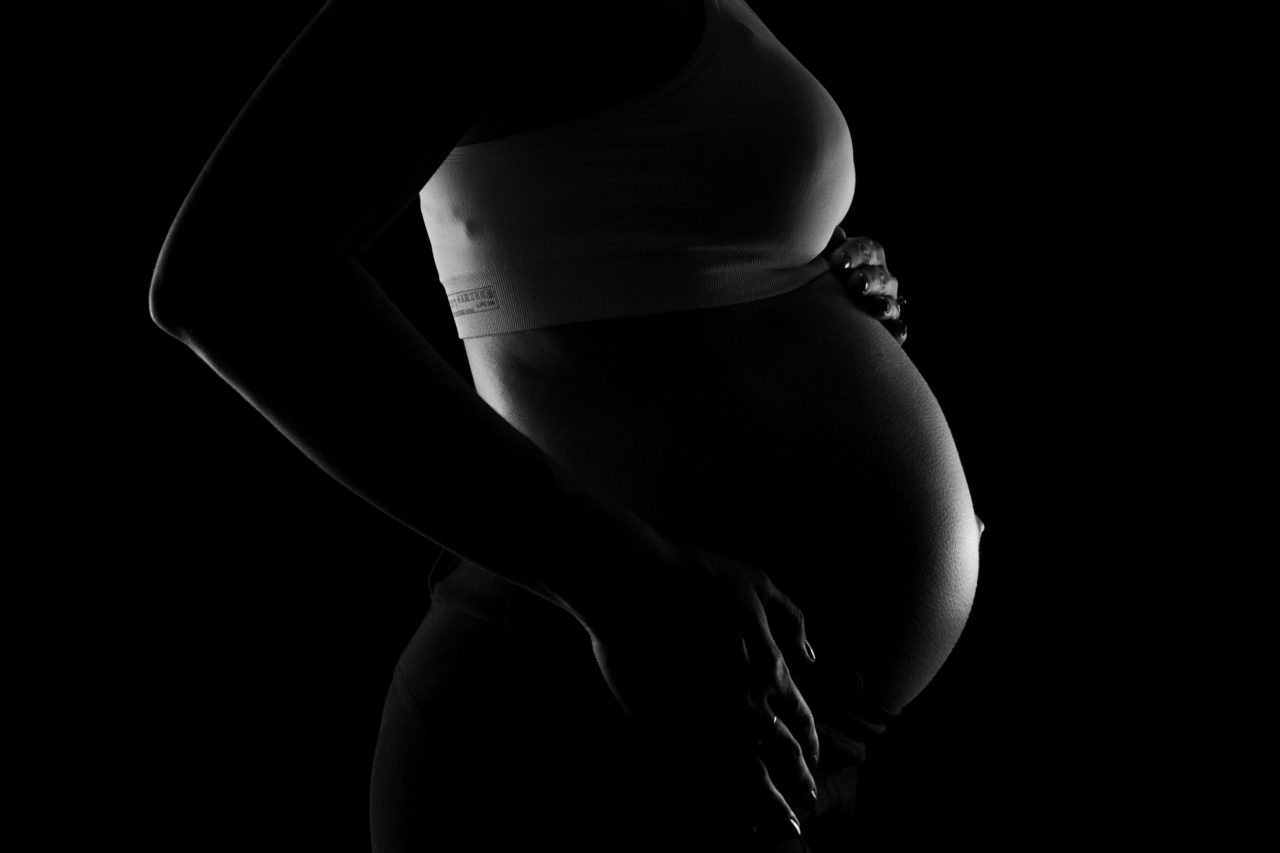Breast bumps are a common concern among women that can be both alarming and uncomfortable. While they are typically harmless, it’s important to understand the potential causes of breast bumps and explore potential solutions.
In this article, we will discuss the various factors that can contribute to breast bumps and offer some possible remedies to alleviate the discomfort.
1. Hormonal Changes
Hormonal fluctuations play a significant role in the development of breast bumps. During menstrual cycles, pregnancy, breastfeeding, or menopause, the level of hormones such as estrogen and progesterone fluctuate, leading to changes in breast tissue.
These hormonal changes can cause the formation of breast bumps, which are often temporary and subside once hormonal balance is restored.
2. Cysts
Cysts are common fluid-filled sacs that can develop in the breast tissue. They usually feel like soft, movable lumps and may fluctuate in size during the menstrual cycle.
While cysts are generally harmless, they can sometimes cause discomfort and tenderness. If the cyst becomes bothersome, it can be drained with a syringe or removed surgically.
3. Fibroadenomas
Fibroadenomas are benign breast lumps commonly found in younger women. They consist of glandular and connective tissue and feel like a firm, rubbery mass.
Fibroadenomas are typically painless, but if they cause discomfort or grow rapidly, they may need to be surgically removed. Regular monitoring through breast exams and imaging tests is essential to ensure they remain benign.
4. Infections
Infections can also lead to breast bumps, commonly known as breast abscesses. These occur when bacteria enter the breast tissue through a cracked or sore nipple. Symptoms may include redness, warmth, pain, and the formation of a lump or pus-filled bump.
Antibiotics are usually prescribed to treat breast infections, and in more severe cases, drainage or surgical intervention might be necessary.
5. Trauma or Injury
Physical trauma or injury to the breast can cause the formation of breast bumps. This can result from accidents, direct blows, or excessive pressure. In such cases, the bump is often accompanied by bruising, tenderness, and swelling.
Applying ice packs, gentle massage, and over-the-counter pain relievers can help reduce inflammation and alleviate discomfort caused by the injury.
6. Lipoma
A lipoma is a non-cancerous fatty tumor that can develop in breast tissue. Lipomas often feel soft and rubbery and can move easily when touched. While they are typically painless, they may cause physical discomfort or aesthetic concerns.
Surgical removal is an option if the lipoma grows in size or causes any issues.
7. Medications and Hormonal Therapies
Some medications and hormonal therapies may cause breast bumps as a side effect. For instance, hormone replacement therapy (HRT) or hormonal birth control methods can lead to hormonal imbalances that result in breast bumps.
If you suspect that a medication might be causing your breast bumps, consult with your healthcare provider to explore alternative options.
8. Breast Cancer
While most breast bumps are benign, it’s important not to overlook the possibility of breast cancer. Though rare, breast cancer can present itself as a lump or bump in the breast.
It’s crucial to self-examine regularly, be aware of any changes in the breasts, and promptly consult a healthcare professional if you notice any suspicious lumps or bumps.
9. Self-Care and Home Remedies
While medical interventions are sometimes necessary, several self-care measures can be adopted to alleviate breast bumps at home. These include:.
- Wearing a well-fitting and supportive bra to minimize breast movement and discomfort.
- Applying warm compresses to reduce pain and inflammation.
- Taking over-the-counter pain relievers, such as ibuprofen, to alleviate discomfort.
- Practicing gentle breast massage or using a warm shower to improve lymphatic drainage.
10. When to Seek Medical Help
It’s important to seek medical attention if:.
- A breast bump does not go away after your menstrual cycle.
- A lump or bump is accompanied by other concerning symptoms, such as nipple discharge, skin changes, or persistent pain.
- You notice any sudden changes in the breast, such as rapid growth or new lumps.
Remember, healthcare professionals are the best resource for determining the cause and appropriate treatment for breast bumps.
Conclusion
Breast bumps can be caused by various factors, including hormonal changes, cysts, fibroadenomas, infections, trauma, lipomas, medications, or breast cancer.
While most breast bumps are harmless, it’s important to stay vigilant and monitor any changes in the breasts. By understanding the potential causes, practicing self-care measures, and seeking medical help when needed, women can effectively manage breast bumps and ensure their breast health.



























